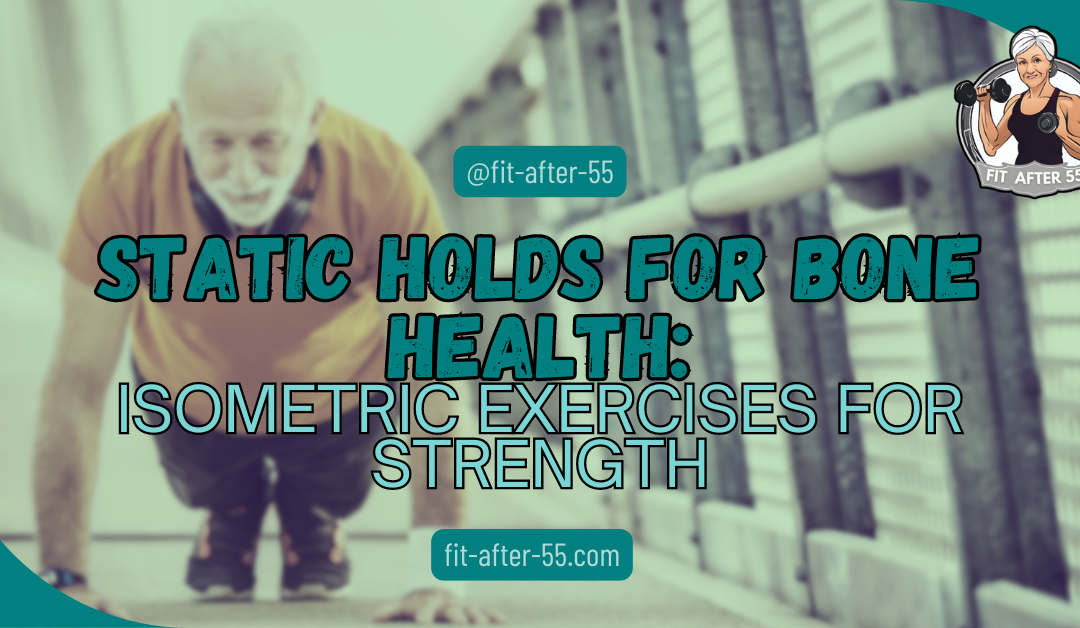Isometric exercises for strength, such as static holds, might be the answer you’ve been searching for. These exercises, where you hold a position without movement, are not just about building muscle—they’re also a key player in enhancing bone density. In this article, we’ll explore how static holds can strengthen your bones, improve overall stability, and why they’re an essential addition to your fitness routine. Ready to discover the secret to stronger bones? Let’s dive in!
Static Holds for Bone Health: Effective Isometric Exercises to Strengthen Skeletal Structure

Static holds are a powerful way to boost bone health. These exercises involve holding a position without moving, which can strengthen muscles and bones. Isometric exercises like static holds can improve balance, stability, and strength, making them great for people of all ages. Static holds are easy to do at home and don’t need fancy equipment.
You can try simple moves like wall sits or planks. These exercises put stress on your bones, which helps them get stronger over time. Adding static holds to your routine can help fight bone loss as you age. They’re especially good for people who want to prevent or manage osteoporosis. Remember to start slow and gradually increase the time you hold each position.
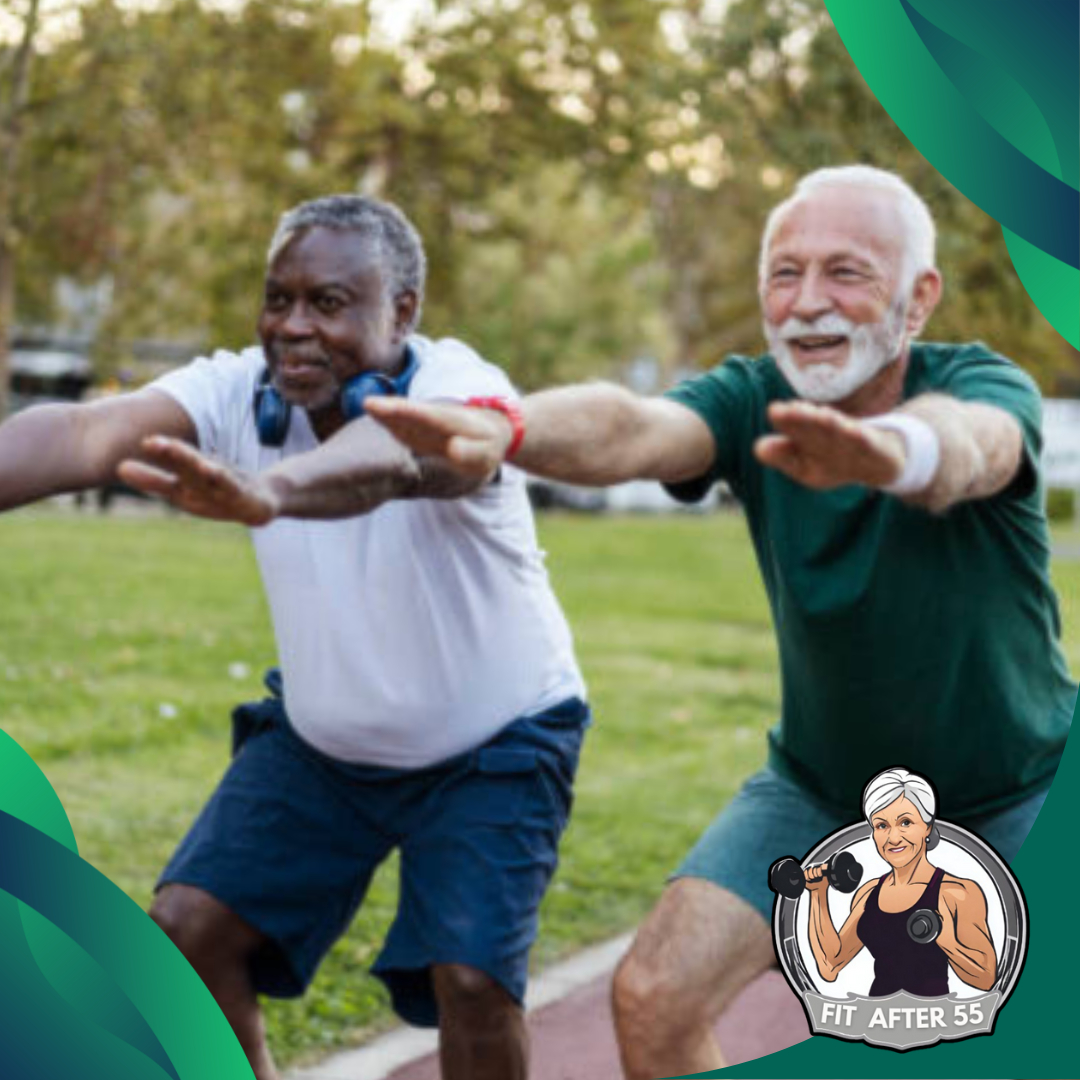
Key Takeaways
- Static holds can strengthen bones and muscles without complex movements.
- You can do these exercises at home with little to no equipment.
- Regular practice of static holds may help prevent bone loss and improve balance.
The Basics of Bone Health
Bones form the foundation of your body’s structure and movement, and incorporating isometric exercises for strength can help keep them strong and resilient. These exercises not only support your bones in protecting organs, storing minerals, and producing blood cells but also enhance your overall stability and well-being.
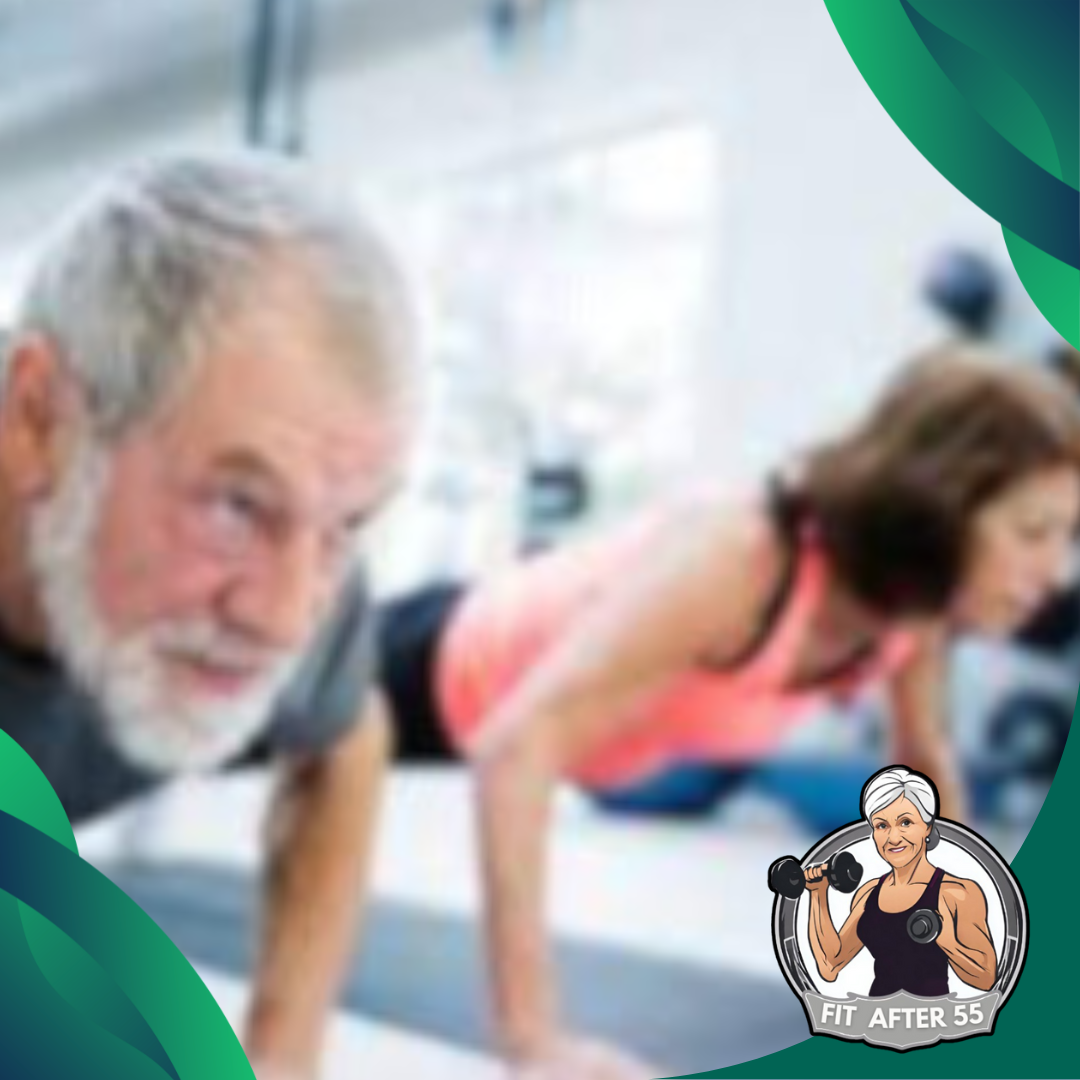
Understanding Bone Density
Bone density refers to the amount of mineral content in your bones. It’s a measure of how strong and healthy your bones are. Higher bone density means stronger bones that are less likely to break. Your bones are constantly changing. Old bone tissue breaks down, and new tissue forms. This process is called bone remodeling.
As you age, bone loss can outpace new bone formation. This can lead to lower bone density and a higher risk of fractures. Regular exercise and a calcium-rich diet can help maintain good bone density. Weight-bearing activities like walking or jogging are especially beneficial.
Factors Affecting Bone Strength
Several factors influence your bone strength. Some you can control, others you can’t. Factors you can control:
- Diet: Calcium and vitamin D intake.
- Exercise: Regular physical activity.
- Lifestyle: Avoiding smoking and excessive alcohol.
Factors you can’t control:
- Age: Bone density naturally decreases with age.
- Gender: Women are at higher risk for bone loss.
- Genetics: Family history can play a role.
Hormones also affect bone health. Estrogen in women and testosterone in men help maintain bone mass. This is why bone loss often accelerates after menopause. Certain medical conditions and medications can impact bone strength. Talk to your doctor about your bone health risks if you’re concerned.
Principles of Static Holds
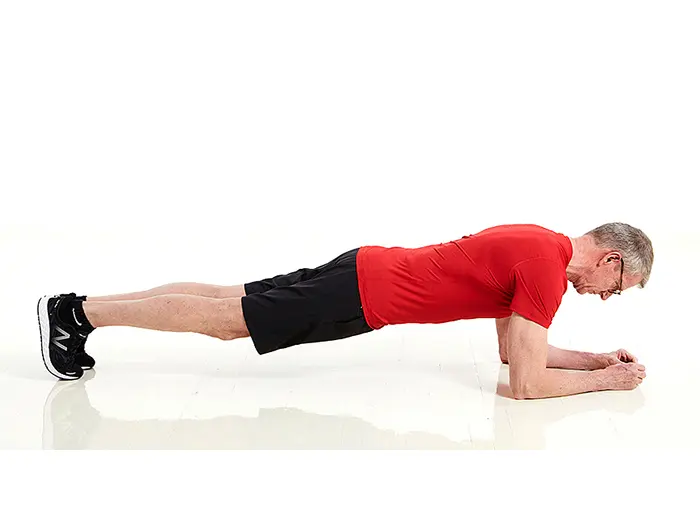
Static holds are a key exercise technique for building strength and stability. They involve maintaining a fixed position against resistance for a set period. Let’s explore the main types and mechanics of static holds.
Types of Static Exercises
Static holds come in several forms:
- Isometric Holds: You contract muscles without moving joints.
- Wall Sits: You maintain a seated position against a wall.
- Planks: You hold your body straight and rigid.
- Dead Hangs: You hang from a bar without moving.
These exercises target different muscle groups. Wall sits focus on your legs, while planks work your core. Dead hangs strengthen your grip and upper body. You can do static holds with or without weights. Adding weight increases the challenge and potential strength gains. Start with bodyweight exercises if you’re new to static holds.
Mechanics of Static Holds
When you do a static hold, your muscles work hard without moving. This creates tension throughout the targeted muscles. The longer you hold, the more your muscles fatigue. Static holds improve:
- Muscle endurance.
- Joint stability.
- Mind-muscle connection.
Your body position is crucial. Maintain proper form to get the most benefit and avoid injury. For example, keep your back straight during planks. Time under tension is key. Aim to hold each position for 10-60 seconds. As you get stronger, increase your hold time or add weight to progress.
Static Holds for Different Age Groups
As part of Isometric Exercises for Strength, Static holds can benefit bone health across all ages. The key is adapting these exercises to each age group’s needs and capabilities.
Children and Adolescents
Static holds can help young people build strong bones during crucial growth periods. Plank variations are great for kids and teens. They’re fun and easy to modify. Start with short holds of 10-15 seconds. Gradually increase time as strength improves. Wall sits are another good option. They’re safe and target leg bones. Encourage proper form to prevent injury. Make it a game to keep kids engaged. Set weekly goals to track progress.
Adults
Adults can use static holds to maintain bone density and muscle strength. The squat hold is excellent for this age group. It works multiple muscle groups and joints. Aim for 30-60 second holds. Do 2-3 sets, 2-3 times a week. Add weights to increase difficulty as you get stronger. Try the double kettlebell front-rack hold to target upper body bones. Start with light weights and short durations. Build up slowly.
Seniors
For older adults, static holds can improve balance and reduce fall risk. Focus on gentler exercises that don’t strain joints. Wall sits are safe and effective. Start with 10-15 second holds. Use a chair for support if needed. Gradually increase time as strength improves.
Chin-up holds can help maintain upper body strength. Use an assisted machine or resistance bands for support. Always consult a doctor before starting new exercises. Work with a trainer to ensure proper form and safety.

Did you Know?
Calcium is the most well-known nutrient for bone health. Your body needs vitamin D to absorb calcium properly.
Designing a Static Hold Routine
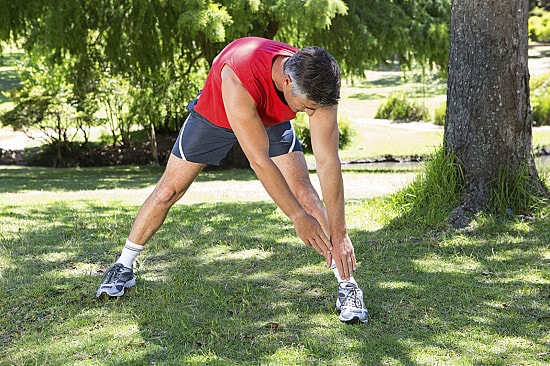
Creating an effective static hold routine requires careful planning and attention to detail. You must consider warm-up strategies, choose the right exercises, and determine optimal duration and frequency.
Warm-Up Strategies
Start your routine with a proper warm-up to prepare your muscles and joints. Begin with 5-10 minutes of light cardio, like jogging or jumping jacks. This increases blood flow and body temperature. Next, do dynamic stretches for the major muscle groups you’ll be targeting.
Try arm circles, leg swings, and torso twists. These improve flexibility and range of motion. Finally, perform a few light sets of the static holds you’ll be doing. Hold each position for 10-15 seconds to activate the muscles without fatigue.
Exercise Selection and Sequence
Choose 4-6 static hold exercises that target different muscle groups. Some effective options include:
- Wall sits for legs.
- Planks for the core.
- Dead hangs for the upper body.
- Isometric holds for biceps and triceps.
Sequence exercises from largest to smallest muscle groups. This ensures your smaller muscles aren’t tired when working larger ones. Start with simpler holds and progress to more challenging ones as you build strength and endurance.
Duration and Frequency
For beginners, aim to hold each position for 20-30 seconds. As you improve, gradually increase the duration up to 60-90 seconds per hold. Perform 2-3 sets of each exercise, resting 30-60 seconds between sets.
Include static holds in your routine 2-3 times per week, allowing at least one day of rest between sessions. This gives your muscles time to recover and grow stronger. Start with shorter holds and fewer sets if you’re new to this type of exercise. Listen to your body and adjust as needed.
Integrating Static Holds into Daily Life
Static holds can easily become part of your everyday routine. Incorporating them into regular activities and creating a habit will boost your bone health without adding extra time to your day.
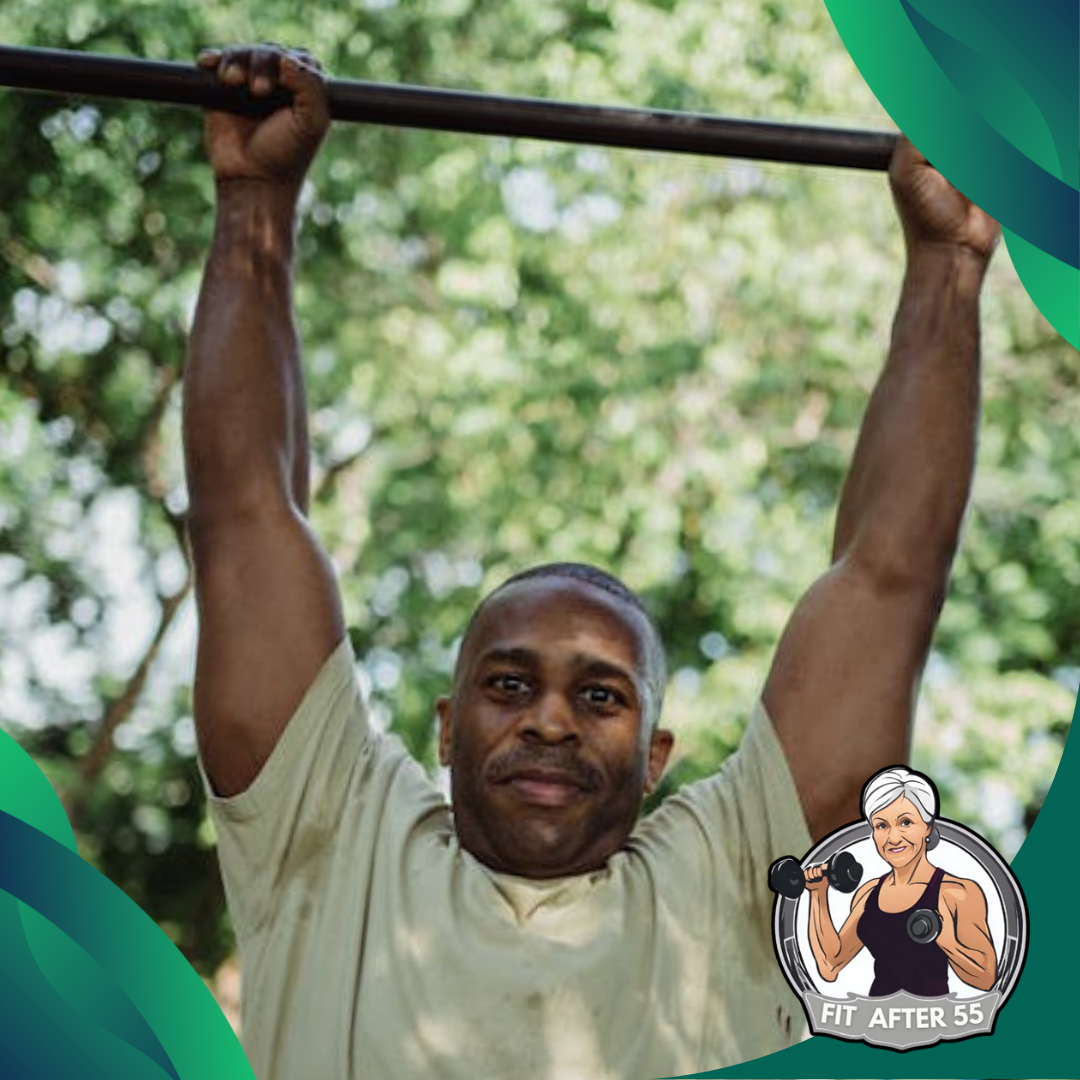
Incorporation into Regular Activities
Look for chances to do static holds during your normal tasks. While brushing your teeth, try a wall sit. Hold a squat position when picking up items from the floor. Do calf raises while waiting in line at the store.
At work, take quick breaks to do desk push-ups or planks. Use your chair for tricep dips during phone calls. When watching TV, hold a bridge position during commercial breaks.
Make use of everyday objects. Hold onto the kitchen counter for support during standing leg lifts. Use a sturdy doorframe for isometric chest presses.
Creating a Habit
Start small to build consistency. Choose one or two static holds to do daily. Set a reminder on your phone to prompt you. Link static holds to existing habits. Do a wall sit right after brushing your teeth each morning. Hold a plank before your shower. Track your progress in a simple app or journal. Note how long you can hold each position.
Seeing improvement will keep you motivated. Gradually increase hold times as you get stronger. Aim for 30 seconds first, then work up to 1-2 minutes per hold. Get your family or coworkers involved. Create friendly challenges to see who can hold positions for the longest. Static holds can be a fun group activity.
Safety Considerations and Injury Prevention
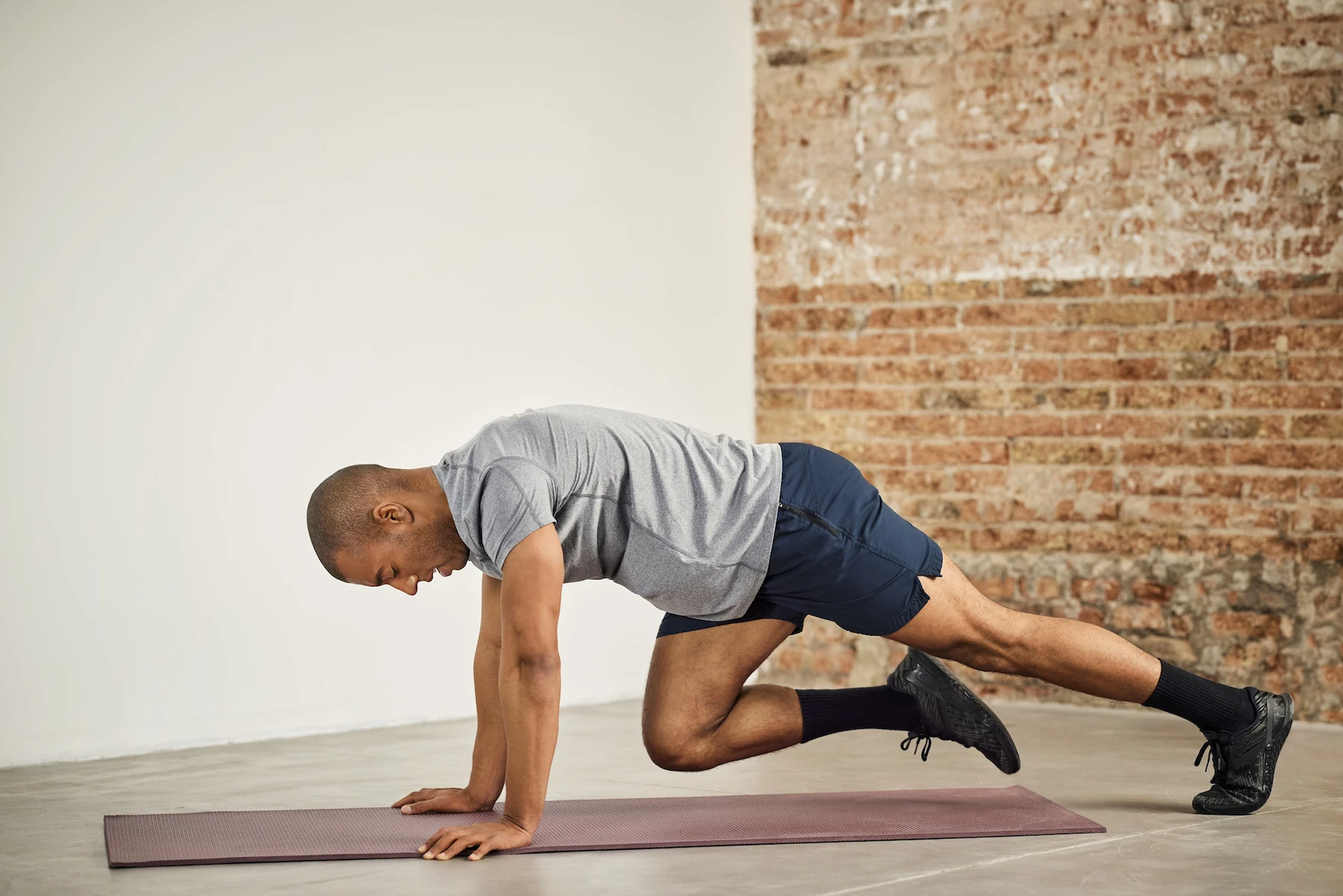
Static holds can be great for bone health, but practicing them safely is crucial. Proper form and avoiding overtraining are key to preventing injuries and getting the most benefit.
Proper Form and Technique
When doing static holds, keep your body aligned and stable. Engage your core muscles to protect your spine. Start with shorter hold times and gradually increase as you build strength. For upper body holds like planks, keep your shoulders away from your ears.
Don’t let your hips sag or lift too high. In lower body holds like wall sits, ensure your knees are directly over your ankles. Keep your back flat against the wall. If you feel pain during a hold, stop immediately. Pain is not normal and could signal improper form or an injury.
Avoiding Overtraining
Listen to your body and give yourself enough rest between workouts. Static holds put stress on your muscles and joints, so they need time to recover. Aim for 2-3 static hold sessions per week. Allow at least one day of rest between sessions. Start with shorter hold times, like 10-15 seconds.
Gradually increase to 30-60 seconds as you get stronger. Mix static holds with other types of exercise for balanced bone health. This can include weight-bearing activities and resistance training. Stay hydrated and eat a balanced diet of calcium and vitamin D to support your bones.
Measuring Progress and Adaptations
Tracking your improvements and adjusting your static hold routine with isometric exercises for strength are key to maximizing bone health benefits. Regular assessments and smart changes will help you stay on track and see results.
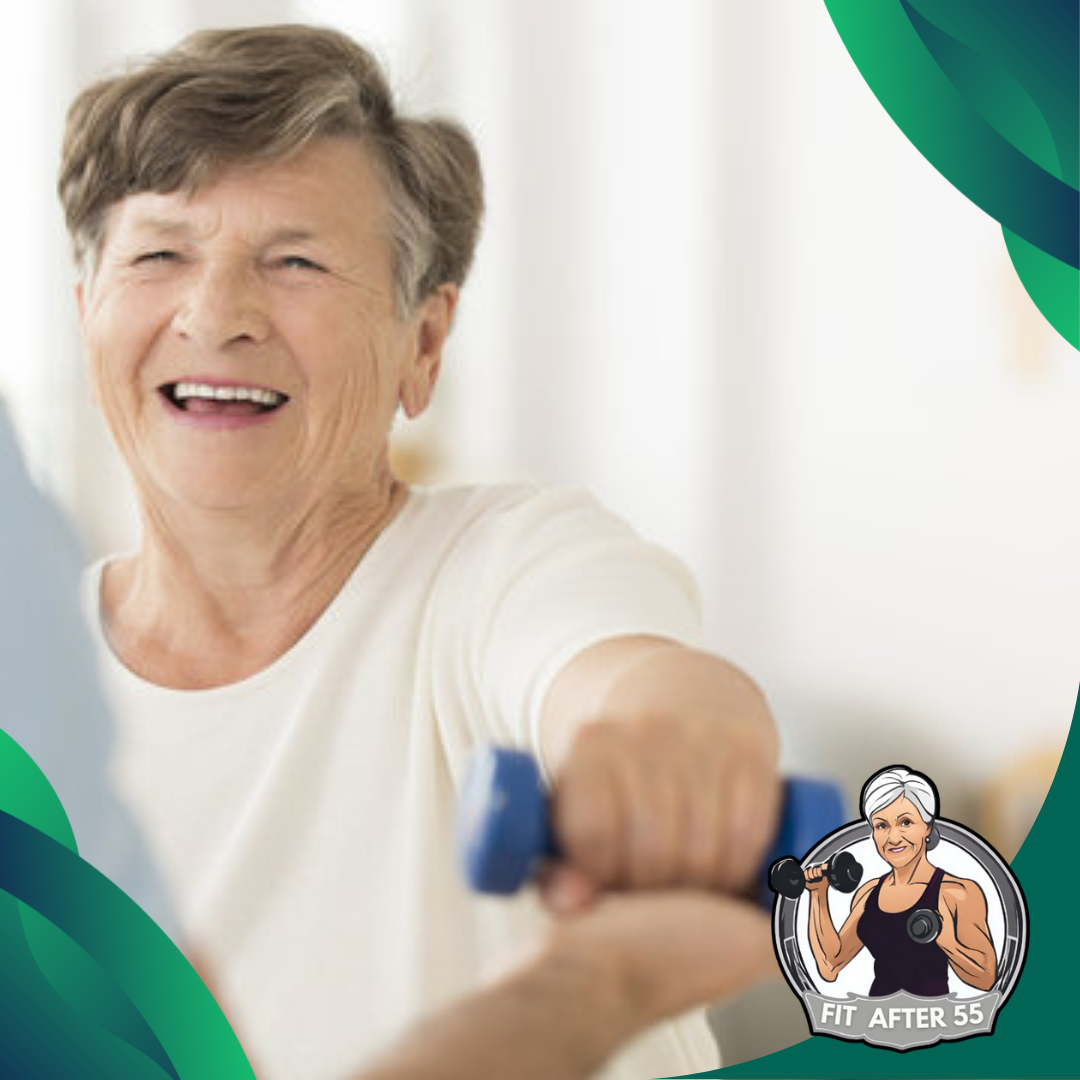
Tracking Strength Gains
To measure your progress with static holds, focus on how long you can maintain each position. Use a stopwatch or timer app to record your hold times for each exercise. Record your performance, noting the date, exercise, and duration. You can also track improvements in your overall strength. Try testing your one-rep max for related exercises every 4-6 weeks.
For example, if you do wall sits, check your squat strength. Pay attention to how you feel during daily activities. You might notice better posture or less fatigue when standing for long periods. These are signs your bones and muscles are getting stronger.
Adjusting Intensity and Duration
As you get stronger, you’ll need to make your static holds more challenging. This keeps your bones adapting to new stresses. Increase the duration of your holds by 5-10 seconds when you can easily complete your current time. Aim to add time gradually over weeks or months.
You can also boost intensity by changing your body position. For example, move from a wall sit to a single-leg wall sit. Or try adding small movements, like arm raises during a plank. Consider using resistance bands or light weights to increase the load on your bones. Start with small additions and build up slowly to avoid injury.
Nutritional Support for Bone Health

Good nutrition plays a key role in keeping your bones strong and healthy. Certain nutrients are vital for bone health, and choosing between supplements and whole foods can impact how well your body absorbs these nutrients.
Essential Nutrients
Aim for 1000-1200 mg of calcium and 600-800 IU of vitamin D daily. Other essential nutrients include:
- Phosphorus.
- Magnesium.
- Vitamin K.
- Protein.
Prunes like canned salmon, tofu, and white beans can boost bone health. These foods provide a mix of bone-supporting nutrients. For strong bones, include a variety of nutrient-rich foods in your diet. Dark leafy greens, dairy products, and fatty fish are good choices.
Supplements vs Whole Foods
While supplements can help fill nutritional gaps, whole foods are often better for bone health. Whole foods contain a mix of nutrients that work together to support your bones. For example, canned salmon provides calcium and vitamin D. Combining these nutrients in one food can boost absorption and effectiveness.
Talk to your doctor about supplements if you struggle to get enough nutrients from food alone. They can help you choose the right ones and avoid potential medication interactions. Remember, your body often absorbs nutrients from whole foods better than supplements. Try to get most of your bone-supporting nutrients from a balanced diet.
Here’s a video about foods that can help strengthen your bones.
By: Horizons Health
The Role of Recovery in Static Hold Training
Recovery is crucial for getting the most out of the static hold and isometric exercises for strength. Proper rest allows your muscles and bones to repair and strengthen between workouts. Let’s look at two key aspects of recovery.

Importance of Sleep
Sleep is vital to your body’s ability to recover from static hold training. During deep sleep, your body releases growth hormone, which helps repair and build muscle tissue. Aim for 7-9 hours of sleep each night to support bone health and muscle recovery. Here are some tips to improve your sleep:
- Stick to a consistent sleep schedule.
- Create a relaxing bedtime routine.
- Keep your bedroom cool and dark.
- Avoid screens for 1-2 hours before bed.
Getting enough sleep can lead to better muscle breakdown and rebuilding, essential for gaining strength from static holds.
Active Recovery Techniques
Active recovery helps your body bounce back faster between static hold workouts. These low-intensity activities boost blood flow to your muscles, speeding up recovery without adding stress. Try these active recovery methods:
- Light walking or swimming.
- Gentle stretching or yoga.
- Foam rolling sore muscles.
- Low-intensity cycling.
Static holds keep your muscles under tension for extended periods. This makes active recovery even more important to prevent overtraining and reduce muscle soreness. Incorporate these techniques on your rest days or after workouts to support your body’s healing process.
Strengthen Your Bones with Static Holds and Isometric Exercises
Incorporating static holds into your fitness routine is a powerful and accessible way to boost your bone health and overall strength. These isometric exercises for strength, where you maintain a fixed position without movement, target your muscles and bones in a unique way that traditional exercises may not. By consistently practicing static holds, you can enhance your bone density, improve balance, and increase overall stability, making them an essential part of any fitness regimen.
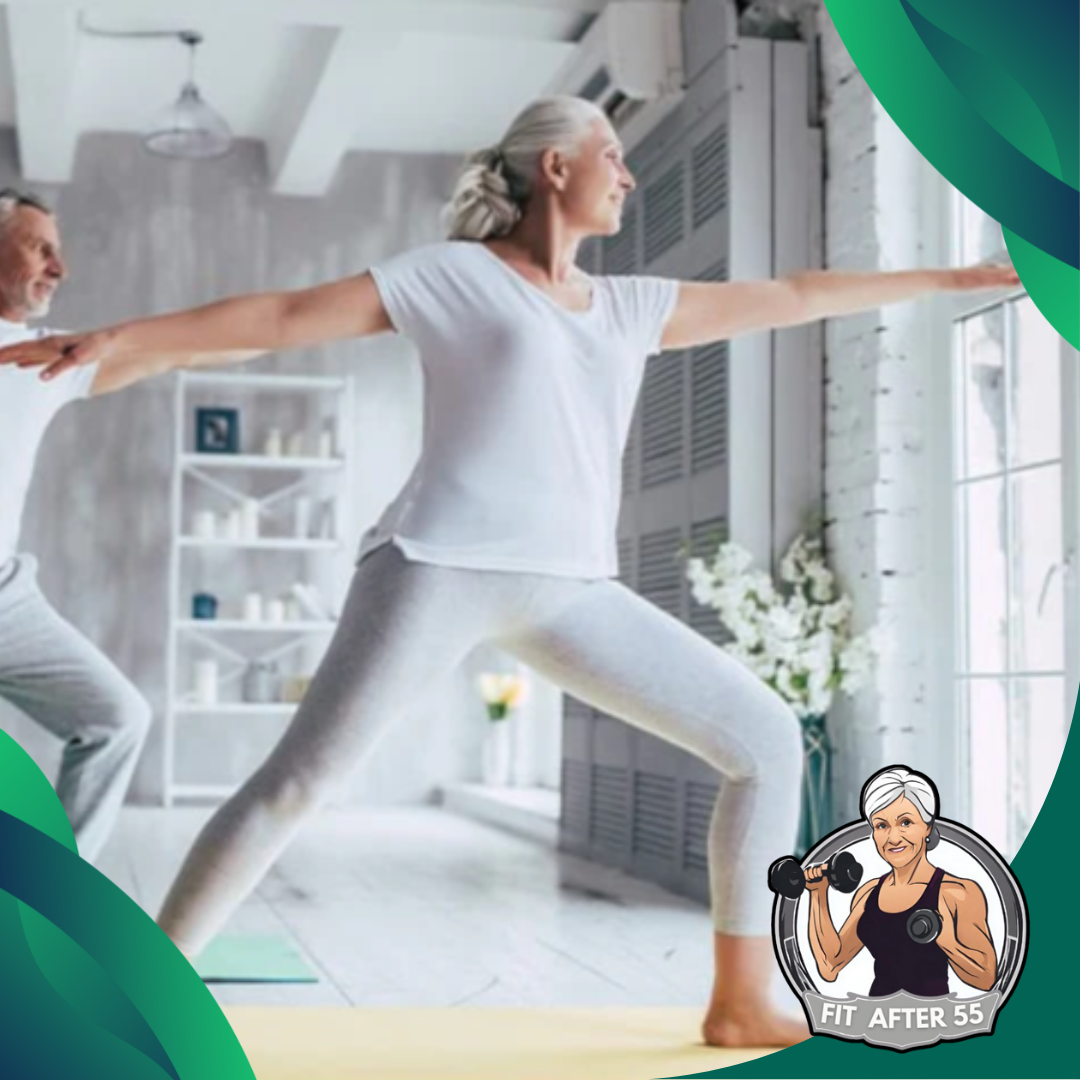
Static holds are particularly beneficial for people of all ages, from young adults looking to build strong bones to seniors aiming to prevent bone loss and reduce the risk of fractures. These exercises can be easily adapted to suit different fitness levels and don’t require special equipment, making them convenient for home workouts. Whether holding a plank, wall sits, or dead hang, static holds place stress on your bones, encouraging them to strengthen over time and offering long-term benefits for your skeletal health.
By making static holds a regular part of your exercise routine, you’re investing in stronger, healthier bones for the future. These exercises support bone density and contribute to better posture, improved joint stability, and reduced injury risk. So, start integrating static holds today and take a significant step towards achieving better bone health, enhanced strength, and a more resilient body.
Frequently Asked Questions
What Exercises Increase Bone Density in the Spine?
Isometric exercises like planks and wall sits can boost spine bone density. These moves pressure your spine, telling your body to make more bone. Squats and deadlifts also help. They work your back muscles and load your spine, leading to stronger bones.
How Long Does It Take to Build Bone Density?
Building bone density takes time. You might see small changes in 3-6 months. But big improvements often take a year or more. Stick with your exercise plan. Consistency is key for bone health.
What is the Best Exercise to Increase Bone Density?
Weight-bearing exercises are great for bone density. This includes walking, jogging, and dancing. Resistance training also helps. Try exercises like squats, lunges, and push-ups.
Become a Part of the Fit After 55 Community!
Discover Wellness and Flourish: Keep your motivation high and your activity levels up with Fit After 55!
Join us at our website Vitality Senior Living for expert advice, valuable insights, and reviews designed specifically for seniors. Join our supportive community of health and fitness enthusiasts on our Facebook page at Fit After 50.
Let’s embark on this fitness journey together and prove that age is merely a number!

